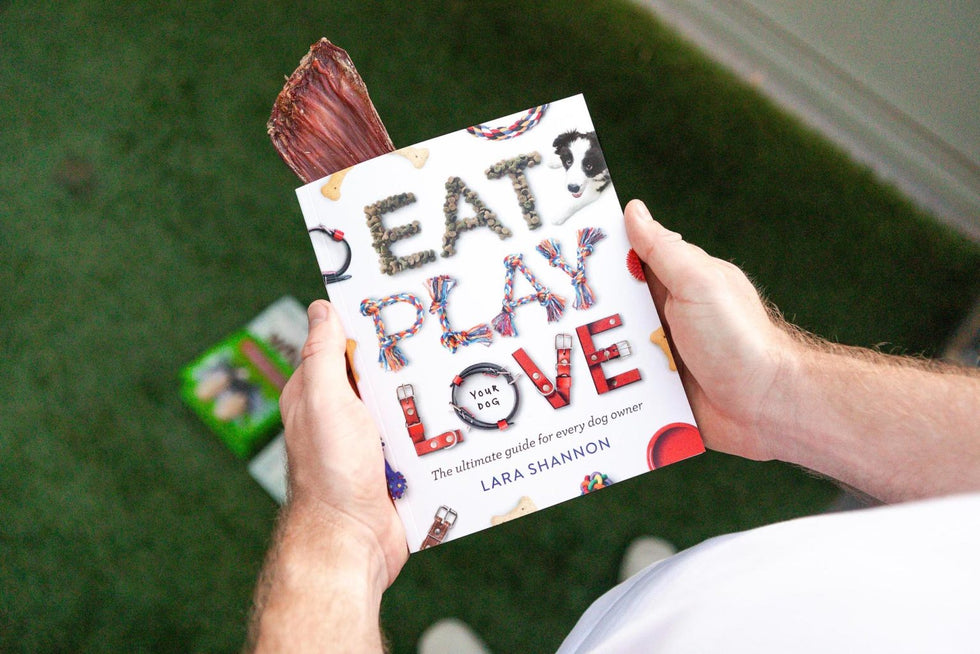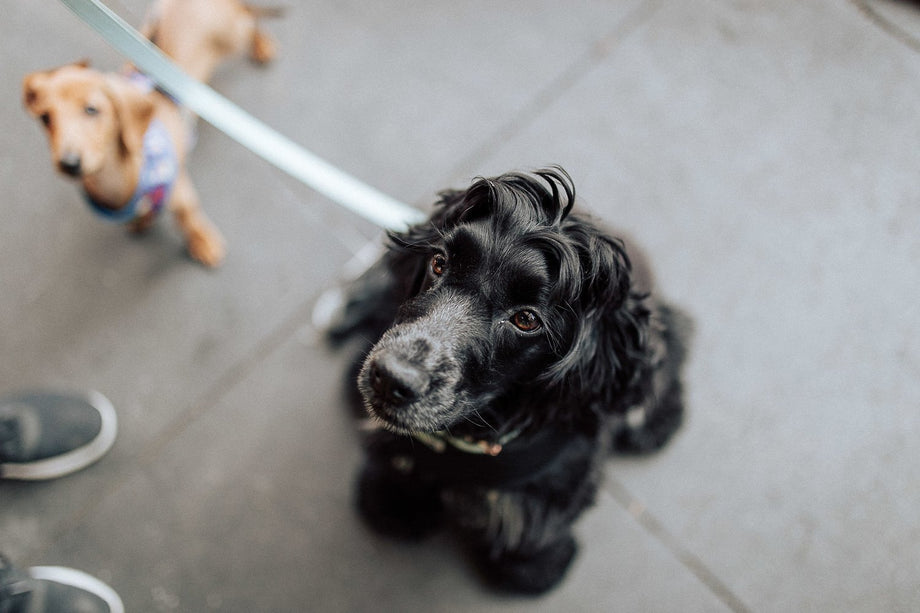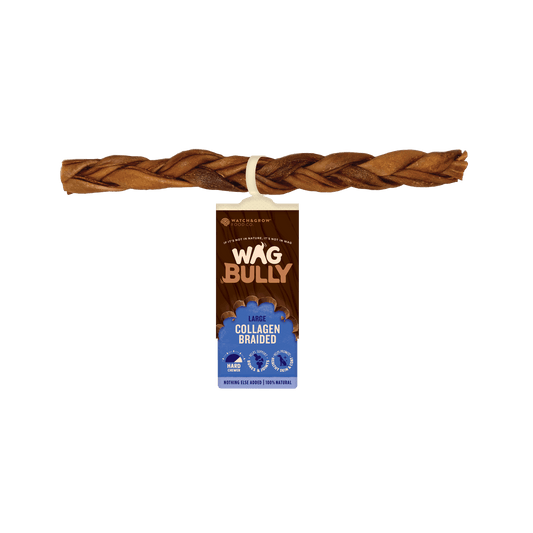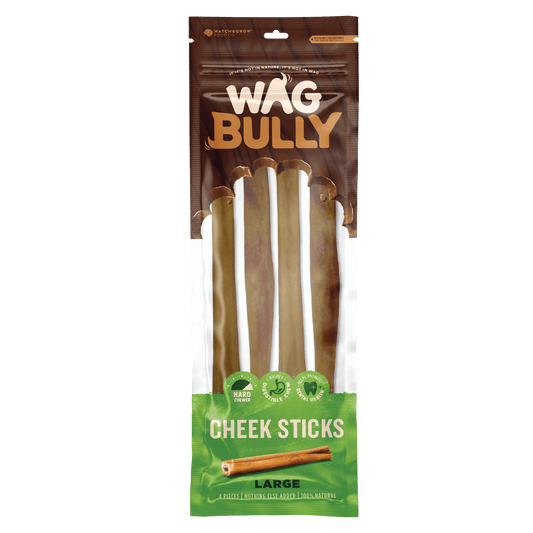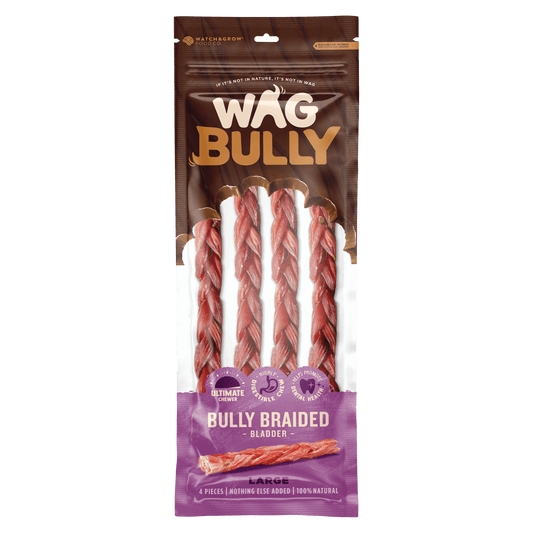Not too long ago, rawhide was a household name and a household treat. Rawhide chews boasted incredible popularity. They were stocked at every pet store, sold by the handful. Their colours and intricate shapes make them super appealing, as did their low cost.
In the past, the average pet owner hasn’t always been as concerned about what they were feeding their dog. But we are now. With information more readily available on the internet, dog lovers are more cautious about the treats they buy for their fur-ends.
Why isn’t rawhide illegal if it’s so dangerous?
The press for rawhide hasn’t been positive recently. The internet preaches the dangers of feeding rawhide as they contain unsafe ingredients and sketchy processing.
But the pet food industry is rife with misinformation and flat-out untruths. In Australia, it’s an unregulated mess. Hidden ingredients and unhealthy additions in your doggo’s food is common. Sometimes, those additions can be downright dangerous.
It’s easy to feel overwhelmed by the staggering amount of information out there on rawhide. Staying informed on canine health and nutrition can be a lot more complicated than it sounds. Here is exactly what rawhide is, and the information you need to make the right decision for your dog.
What is rawhide? How does rawhide get made?
Rawhide chews are byproducts of the leather world, made from the hide of cows, pigs and horses.
During the process of producing leather, the offcuts of animal hide get dried, cut, and occasionally bleached. Thus, producing rawhide. Manufacturers assemble the hide into imaginative shapes, usually bone-shaped. Rawhide is generally white but can be dyed and flavoured for a unique finish.
Does rawhide really have poison in it?
Why does rawhide get shunned by pet owners? It’s because of what happens during manufacturing.
First, the process involves soaking and treating the rawhide with a solution that contains (toxic) ingredients: lye and sodium sulfide liming. This helps to strip away the stubborn fat and hair remaining on the hide, making rawhide smooth and callous-free. Afterward, hides are often whitened with ingredients like bleach or hydrogen peroxide. This keeps rawhide smelling fresh and remaining otherwise scent-free. Some scientists have found mercury, arsenic, lead, and formaldehyde in laboratory tests. Very unwelcome chemicals. While these chemicals are harmful for dogs, they’ve only been found in trace amounts – most likely from cross-contamination.
Is rawhide dangerous?
The most significant risk associated with chowing down on rawhide is choking.
Unlike natural and unprocessed treats, rawhide is far from easy to digest. These unassuming treats put a strain on your doggo’s digestive system, if consumed in large pieces. Rawhide has a tendency to swell and soften when wet. As your dog chews it over time, it will soften into small pieces. Being long-lasting is good, but if swallowed whole, rawhide can present large risks of choking.
Choking can be a very real hazard for doggos that bite off more rawhide than they can chew. If your dog attempts to swallow a large and swelling rawhide piece, it could end up lodged in their throat or intestines. The American Kennel Club recommends removing chewed-up and softened rawhide pieces before your doggo has a chance to digest it. But this might not always be a feasible option, as it requires constant supervision.
Choking remains a risk. But statistically, the risks of your doggo injuring themselves with rawhide is small. But it’s still crucial to stay informed.
Is all rawhide the same?
Not all rawhide is evil. It’s popular for a reason – it’s long-lasting, and it’s a favourite treat for many doggos. Rawhide doesn’t have to be struck from shelves.
Despite what you might have read, not all rawhide has been formulated using dangerous chemicals. Many treat companies have opted to create an alternative rawhide. There are safe and natural rawhide chews available for dogs. Those that present fewer risks to their canines and eases the concerns of modern dog owners. And in that transition to natural, chemical-laden counterparts should shuffle out of production.
What are the benefits of feeding rawhide?
We don’t have to write rawhide off entirely. As we’ve mentioned before, most dogs have an intense physiological need to chew. Chewing provides dogs with many mental and dental health benefits.
Most dogs find rawhide satisfying to chomp on and can help them stay occupied for hours. Additionally, rawhide has a reputation for cleaning teeth and keeping breath fresh. All due to the unique way the hide becomes soft, supple and wraps around your doggo’s teeth.
Should I avoid rawhide or not?
We recommend you steer clear of dog treats containing hidden, toxic, or unhealthy ingredients. That means you should avoid bleached rawhide. However, all-natural rawhide alternatives don’t carry the problem of toxicity.
There is no such thing as a treat without risk. Dogs can be silly, unpredictable, or even downright dangerous when chewing treats, whether it’s a rawhide, bone, or biscuit. An older, wiser dog might present no problems snacking on a rawhide roll while a younger puppy can’t help but gulp it.
As mentioned, for all treats and all-natural alternatives, there are always risks associated with eating rawhide – such as swelling, indigestibility, or choking. As a dog owner and lover, it’s up to you to make the decision on what you feel comfortable feeding your dog.
Shop the Recipe
WAG Team
Up Next
Why obedience training is essential for a well-behaved dog
